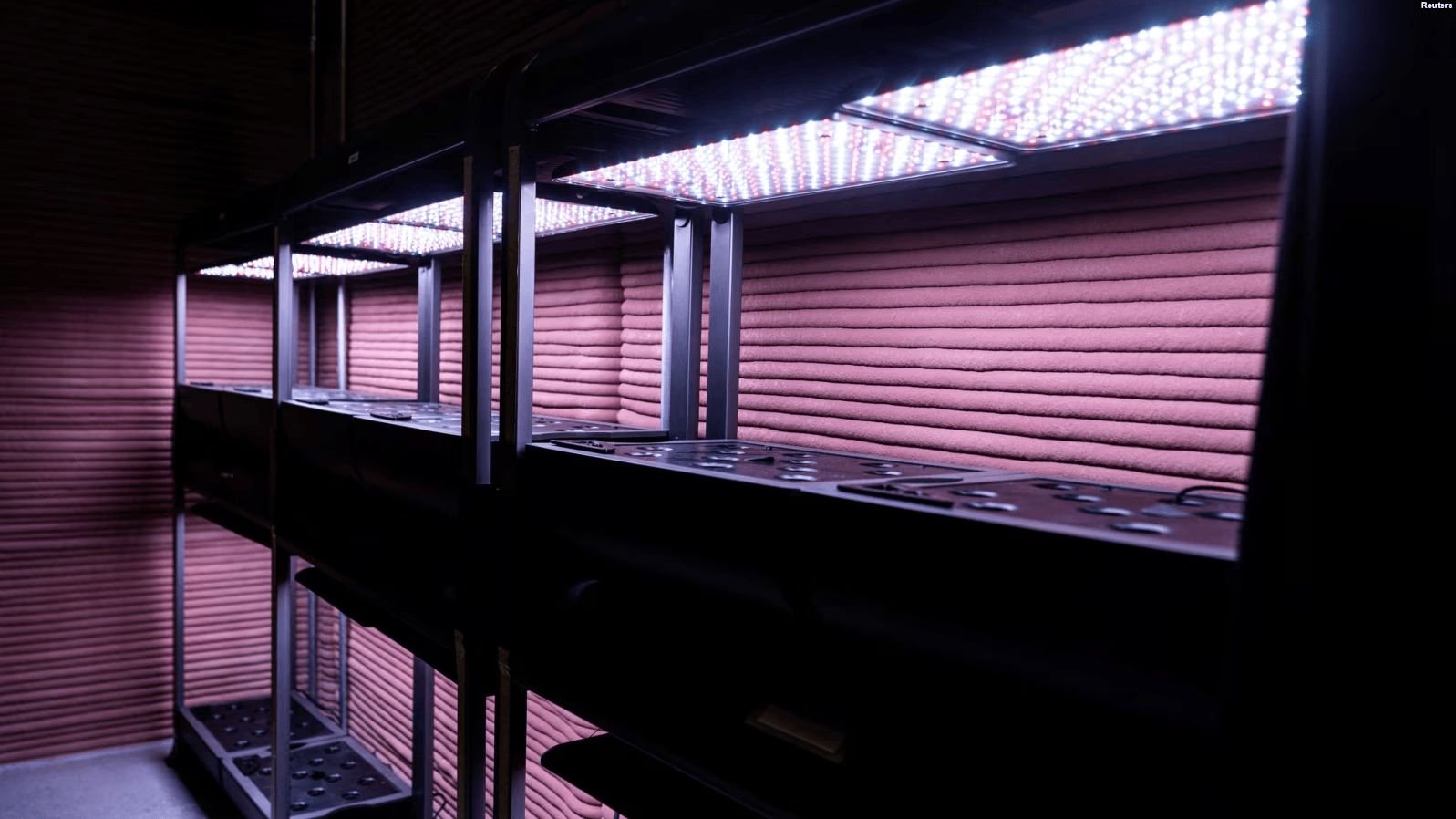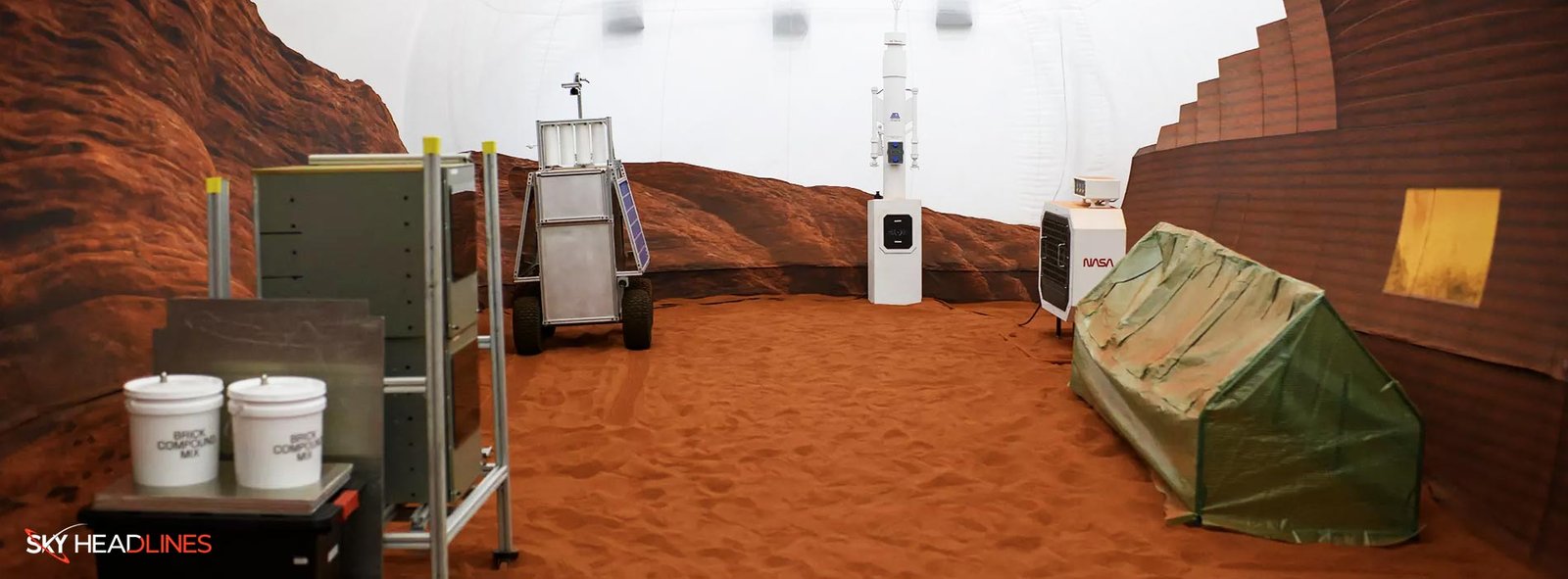NASA’s Johnson Space Center in Houston has unveiled a virtual Mars habitat where four non-astronaut volunteers will spend a year preparing for human missions. The 160-square-meter habitat simulates Martian environmental constraints and allows the crew to work with limited resources, be isolated, and experience equipment failures. Volunteers will do simulated spacewalks, robotics, exercise, habitat care, and crop planting. NASA’s Crew Health and Performance Exploration Analog program 3D-printed the habitat.

First, let’s discuss,
NASA’s CHAPEA Mars Habitat!
In a recent showcase, NASA presented a simulated Mars environment where a team of four volunteers will reside for a year. The project helps the US space agency prepare for human spaceflight. In June, a group of non-astronaut volunteers is set to enter a specialized environment known as a habitat. NASA’s Johnson Space Center in Houston has constructed a significant research facility.
According to a recent NASA announcement, 4 crew members will participate in numerous activities. These astronauts will be participating in a variety of activities and tasks during their space expedition. These activities include simulated spacewalks, robotic work, habitat maintenance, exercise, and crop cultivation.

The lead researcher of the CHAPEA experiments Grace Douglas says: “CHAPEA was developed as a one-year Mars surface simulation with the intent that we can have crew in isolation and confinement with Mars-realistic restrictions,” Moreover, she said: “That is one of the technologies that NASA is looking at as a potential to build habitat on other planetary or lunar surfaces,”
Now, let’s dig into,
The architecture of the isolated environment:
Scientists have developed a 160-square-meter habitat that simulates the environmental pressures that could be encountered by future visitors to Mars. The habitat simulates Mars’ harsh conditions to give visitors a taste of living there. NASA has announced that they will be conducting activities with limited resources, experiencing equipment failures, and being isolated. These challenges will be faced as part of their ongoing efforts to explore space.
The pretend Mars house was made using 3D printers, which are machines that can print out 3D objects layer by layer. People have been using 3D printers to make bigger things, like entire houses!

NASA’s latest endeavor, the Crew Health and Performance Exploration Analog (CHAPEA), includes the Mars habitat as one of its integral components. The upcoming project is set to feature a trio of simulated environments.
Now some might be wondering what is the,
The Motive of NASA CHAPEA:
Even though NASA is preparing to send people to Mars. They’re focusing on returning people to the Moon after 50 years! NASA will monitor volunteers’ health in the Mars habitat.

“And we can really start to understand how those restrictions are associated with their health and performance over that year.” Douglas says.
The simulated Mars environment features an outdoor area that emulates the planet’s surface and surroundings while remaining within the confines of the habitat. NASA will pick individuals with strong scientific, technological, engineering, and math skills using the same criteria as astronauts. The identities of the volunteers for the initial experiment have not been disclosed yet. Furthermore, those who are interested in participating must be within the age range of 30 to 55, exhibit good physical health, and have no issues with dietary restrictions or motion sickness. Former Canadian astronaut Chris Hadfield shared his views with The Associated Press in 2021, stating that these requirements indicate that NASA is seeking individuals who possess qualities similar to those of astronauts, which in turn will enhance the overall quality of the experiment.





